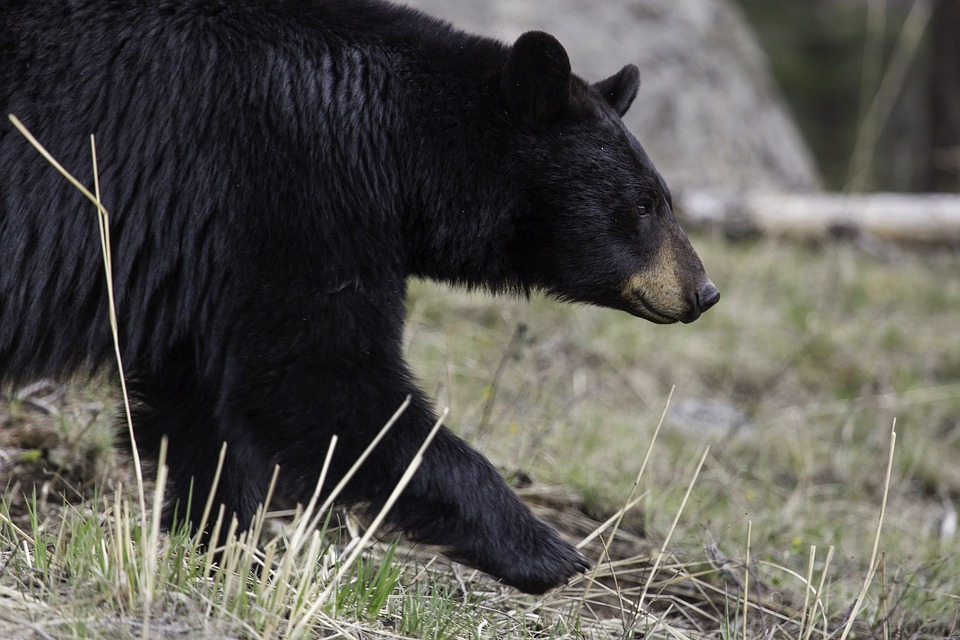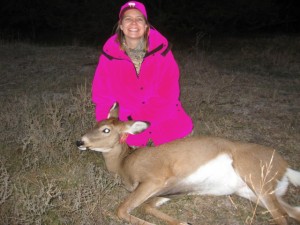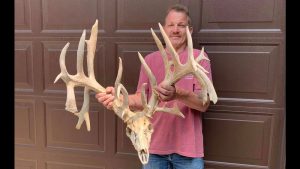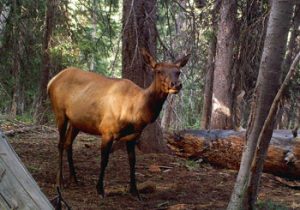Late last week, Michigan’s Department of Natural Resources approved bear hunting regulations for the 2017-2018 hunting seasons, outlining a number of new changes scheduled to begin this year.
“We presented recommendations for the upcoming years based on input we received from department staff and stakeholders from across the state. We are happy to see the changes to several regulations,” said Kevin Swanson, management specialist with the Department of Natural Resources bear and wolf program.
Among the changes set for 2017-2018 is the banning of chocolate and cocoa products as bear bait. As is legal in neighboring Wisconsin, Michigan bear hunters will no longer be allowed to bait using chocolate products out of fear of potentially harming bears and other local wildlife.
As earlier reports indicated, southern Michigan’s bear population is booming, as the DNR estimates the bear population is up as much as 50 percent since 2000. As conflicts begin to grow with Lower Peninsula bears, the license quota in all three northern Lower Peninsular bear management units has been increased by 19 percent, totaling 155 additional licenses.
Bear hunters who choose to hunt bears with the help of dogs will be able to utilize more canine assistance during the 2017-2018 seasons. Previously bear hunters could only enlist six dogs, but now are able to utilize the tracking abilities of up to eight pups.
“We are excited for the upcoming bear season,” said Swanson. “Many comments have been received over the last two years regarding suggested changes in bear hunting regulations, and we have been able to work together and come up with recommendations many can agree on and support.”
Additional changes include a non-resident license cap increase as well as adjusted license quotas in the Northern Peninsula.
In its quest to continue to scientifically maintain and preserve Michigan’s wildlife, these regulation changes were made in conjunction by Michigan’s Department of Natural Resources and The Bear Forum. The Bear Forum is an advisory group made up of representatives from 12 organizations and six non-affiliated hunters, including the U.S. Fish and Wildlife Service.




